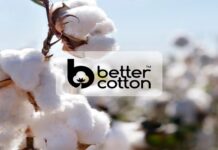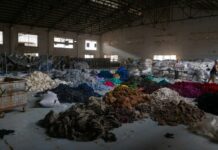A recent study conducted by Joor highlights the major challenges the global fashion industry faces due to newly announced U.S. tariffs. Spanning insights from over 400 brands and retailers, the study reveals that 85% of fashion brands plan to increase product prices to offset the tariff costs, passing some or all of the burden onto consumers. In the U.S., 96% of retailers anticipate similar price hikes, with 82% of non-U.S. retailers also planning adjustments.
Shifting Industry Strategies
The study also indicates significant shifts in supply chain and operational strategies:
-
Non-U.S. brands: Around 76% are modifying sales strategies and seeking partnerships outside the U.S. market, which remains a vital channel, contributing 20% of their overall sales.
-
U.S.-based retailers: While 49% aim to increase investments in domestic brands, 45% plan to maintain current levels, signaling a cautious approach to made-in-America options.
However, 54% of U.S. brands are resistant to relocating supply chains or boosting domestic production, citing the complexities and costs involved.
Retail Adjustments
The tariffs have also altered retailer focus. Previously, 47% of retailers were increasing investments in international brands, but this has plummeted to just 20% following the tariff announcement. Instead, many retailers are opting for scaled-back collections and diversifying sourcing to manage rising expenses.
Amanda McCormick Bacal, Joor’s Senior Vice President of Marketing, stated, “Concern over recently announced tariffs is causing significant flux within the global fashion industry. Brands preparing for market report plans to increase prices, source from alternate countries, and produce tighter collections. Retailers are similarly adjusting their buying strategy and looking to nurture new brand partnerships to help mitigate the impact of tariffs.”
Broader Impacts on Trade
The long-term effects of tariffs are likely to ripple through supply chains, retail investments, and consumer purchasing patterns. Non-U.S. retailers, for example, have expressed intentions to reduce investments in U.S. brands, with 75% pivoting toward international opportunities.
Conclusion
The U.S. tariff changes are driving both challenges and transformations within the fashion sector. As businesses adapt to navigate costs and maintain competitiveness, new opportunities may emerge for innovation in supply chains, sourcing, and retail investments. However, the uncertainty surrounding tariffs underscores the need for proactive strategies and data-driven decision-making.



































